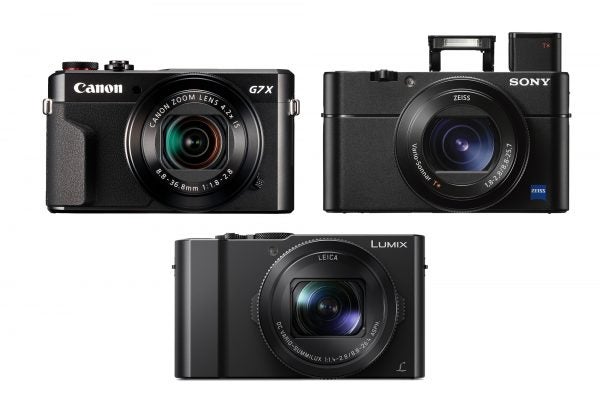Find out what separates these three premium compact cameras - it's the Panasonic LX15 vs Sony RX100 V vs Canon G7X II
It’s a great time to be shopping for premium compact cameras; in the past few weeks we’ve seen two exciting new launches to the market in the shape of the Panasonic LX15 and the Sony RX100 V. We pit those cameras against each other, throwing in the already established (and well-respected) Canon G7X II into the mix for good measure.
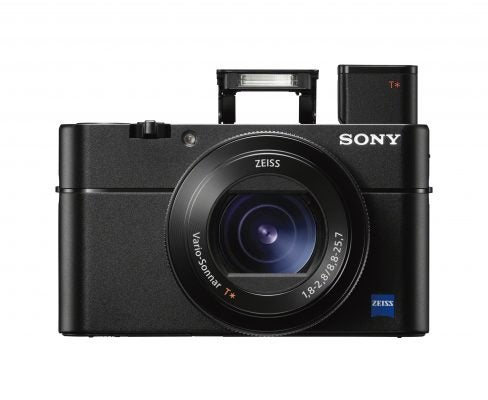

Panasonic LX15 vs Sony RX100 V vs Canon G7X II: Sensor
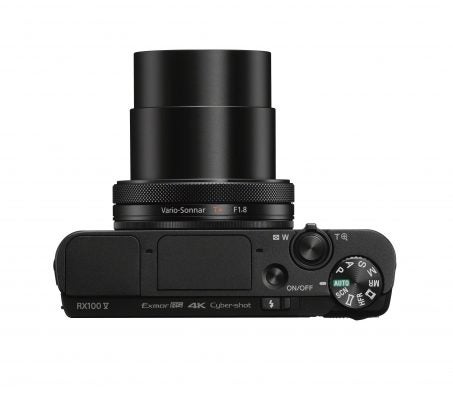
All three of these premium compact cameras have a one-inch sensor, all sporting 20.1 megapixels – the pixel count of choice it would seem for cameras of this type. There’s little to separate out the sensors, especially before full testing has taken place. We do know that the Sony RX100 V has a “stacked” design, which certainly makes it the best image quality in terms of Sony RX100 models to date.
Panasonic LX15 vs Sony RX100 V vs Canon G7X II: Lens
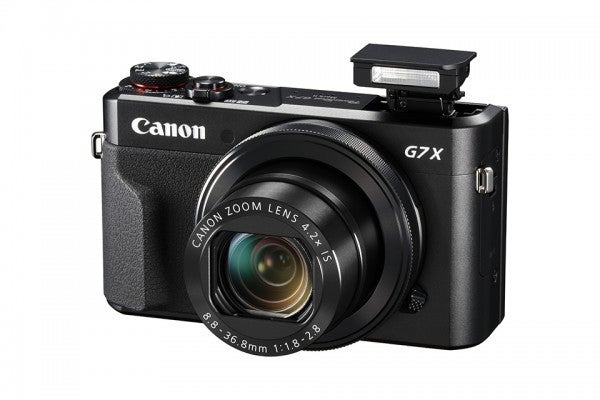
In terms of focal length, the Canon wins here, offering a 4.2x optical zoom, or 24-100mm in 35mm terms. The maximum aperture goes from f/1.8 – f/2.8, an impressive range. The Sony and the Panasonic have very similar lenses – the Sony is a 2.9x optical zoom, giving you a classic 24-70mm focal length, with an f/1.8-f/2.8 aperture range. The Panasonic has a 3x optical zoom, offering 24-72mm, but with a slightly wider maximum aperture of f/1.4, rising up to f/2.8.
Panasonic LX15 vs Sony RX100 V vs Canon G7X II: Video

Both the Sony and the Panasonic offer 4K video recording, while the G7X Mark II has Full HD video recording. With the Sony you also have super slow motion video recording, while the Panasonic camera utilises its 4K video recording functionality to offer 4K Photo, which allows a variety of options, including extracting stills from video, focus stacking and changing the focus point after you’ve taken the shot. You can also extract stills from 4K video recorded.
Panasonic LX15 vs Sony RX100 V vs Canon G7X II: Autofocus
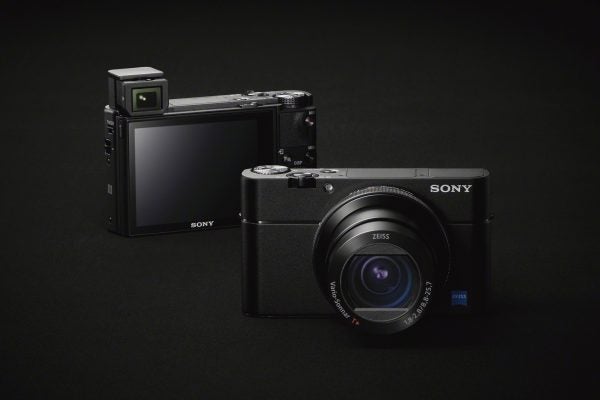
One of the big selling points of the RX100 V is its super fast 0.05 second AF system, with 315 AF points. It can also shoot at 24fps with AF tracking, and an impressive buffer of 150. Meanwhile, the Panasonic has “light speed” AF using DFD technology. On the other hand, Canon also claims to have “SuperFast” AF, but it can only shoot at 8fps.
Panasonic LX15 vs Sony RX100 V vs Canon G7X II: Screen

Both the Panasonic and the Canon have tilting, touch-sensitive screens. The RX100 IV has a tilting screen, but it’s not touch-sensitive. All of the screens can face forwards to help when framing self and group portraits.
Panasonic LX15 vs Sony RX100 V vs Canon G7X II: Viewfinder

An ace up the sleeve of the RX100 V is that it manages to sneak in a viewfinder which retracts into the body of the camera when not in use. It’s very useful for those who prefer to compose in this way, or for times when using the screen isn’t quite so practical. Neither the Panasonic nor the Canon have a viewfinder inbuilt.
Panasonic LX15 vs Sony RX100 V vs Canon G7X II: Battery life
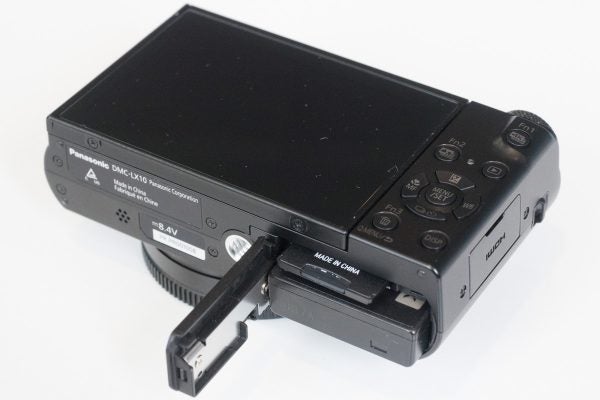
All of the cameras have a reasonably similar battery life, but the Panasonic wins out with a 260 lifespan. The Canon offers 240, while the Sony is the worst at 220.
Panasonic LX15 vs Sony RX100 V vs Canon G7X II: Dimensions and weight

It’s safe to say that all of the cameras here can fit quite neatly into your pocket. In fact, all of them are very similarly sized. Impressively however, it’s the RX100 IV which manages to be the smallest, despite the fact that it houses a viewfinder. It measures up at 101.5 x 58.1 x 41.0mm, compared with the admittedly not much bigger Panasonic LX15 at 105.5 x 60 x 42mm, and the Canon G7X II at 105.5 x 60.9 x 42mm. The Sony is also the smallest camera at 299g, with the Panasonic weighing in at 310g, and the Canon at 319g.
Panasonic LX15 vs Sony RX100 V vs Canon G7X II: Price

Ah, arguably the most important of all the factors: price. Sony is by far and away the most expensive camera here, costing almost as much as both of the other cameras put together. It is set to retail for around £999. Meanwhile, the Panasonic LX15 will retail for around £599, while the Canon G7X II can be picked up already for around £549.
Panasonic LX15 vs Sony RX100 V vs Canon G7X II: Conclusion
Picking a winner here is very hard, as all three are excellent cameras. As always, it comes down to budget expectations and what you want to do with the camera. The RX100 V is arguably the most well-rounded camera, with a viewfinder, 4K video and some impressive focusing specs – but you’re also paying a huge premium for that.





